In Summary: Struggling with creative burnout? I share my journey and practical tips for managing mood swings and navigating creative struggles. It's a guide for artists mental health on a journey to overcome creative burnout.
Creativity is great sometimes. Other times, it's this hidden hurricane that picks me up, spins me around, and sets me down where I didn't intend to go. These past few days, I've been stuck in this strange place where I'm inspired and frustrated at the same time—a rollercoaster where I'm fascinated by how images affect our brains one second and irrationally angry with my mom over something trivial like her reminding me to eat.
It began when I was conducting research for my book Beyond the Frame: The Psychology of Visual Impact and Composition. My research led me into new realms—color psychology, Gestalt theory, balance and imbalance, and leading lines. Not only was I reading about these, but I also started living them. This process was a lot like writing my first book, Behind the Campaign, where I explored the chaos and creativity behind real-world advertising shoots. Sit down to have rice for lunch, and then the plate no longer resembles food. The grains look red, blue, and even green to me, like little pixels. I sort them out automatically on their own sometimes based on Gestalt principles—grouping, proximity, and closure. I find myself checking to see if the grains form a symmetrical shape or an asymmetrical balance.
And then—mom says something simple like, “Eat before it gets cold.”
Boom. I explode. Fire in the head, instant irritation. It’s not even about her words. It’s about my overstimulated brain refusing to switch modes.
That’s when it hit me—this isn't just a mood swing. It's one of the core creative struggles artists face when the line between life and art starts to blur. It brings with it mood swings that even I don't fully understand.
When Trees Become Leading Lines
The strange thing is, this doesn’t stop at the dining table. Sometimes when I’m walking down the street, I catch myself staring at trees and trying to trace leading lines, as if they’re part of a composition I should capture. Other times, I stand by the window, obsessed with whether the scene outside is in symmetrical balance or asymmetrical tension.
It sounds artistic, right? But here’s the catch: while my eyes are hunting for frames, my mind is running at a speed I can’t control. It feels like I’m stuck in permanent “composition mode.” There’s no off switch. And that hyper-focus often drains me emotionally. By evening, I’m moody, irritable, and restless.
One night, when I caught myself rearranging vegetables on the plate as if they were subjects in a photo shoot, I paused.
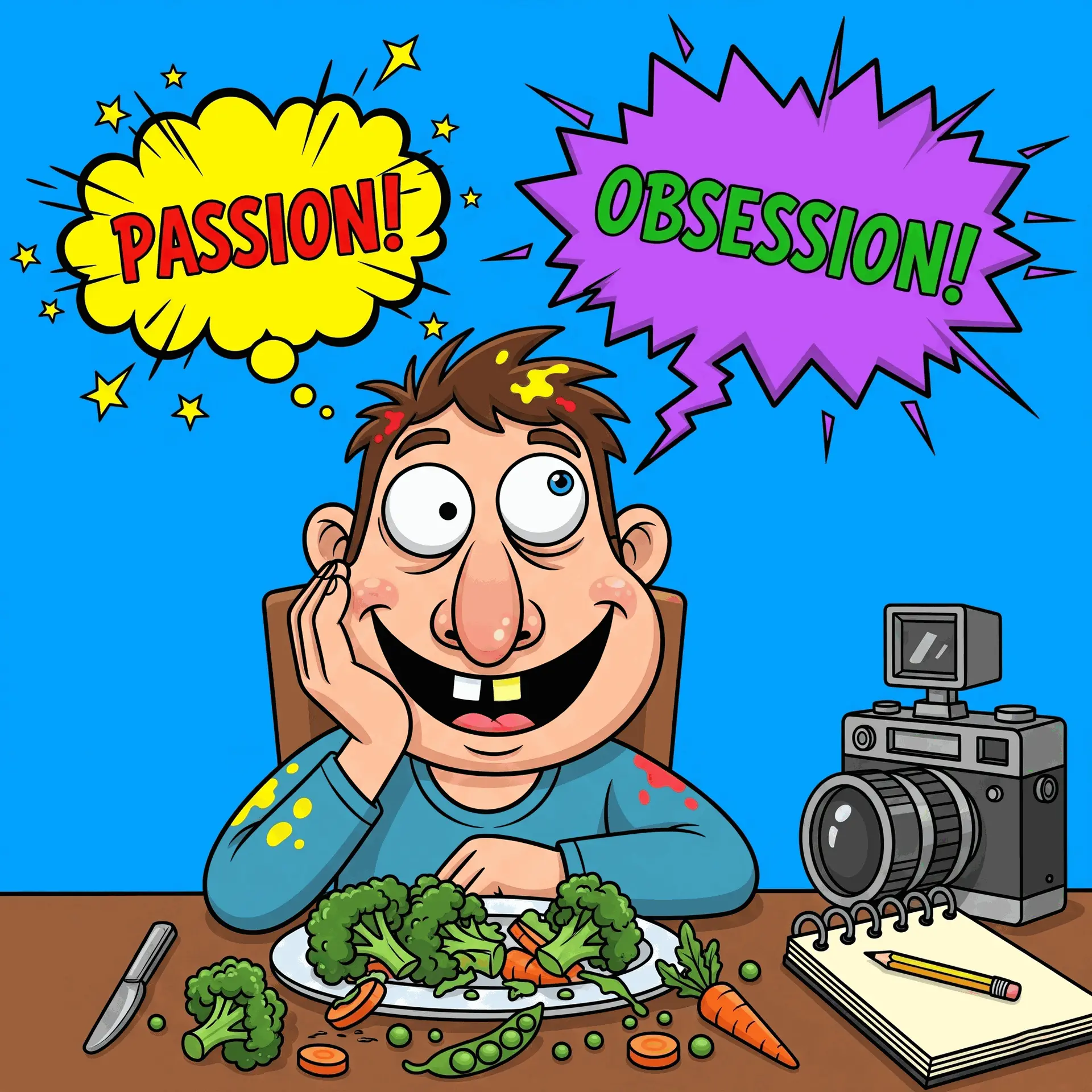
I asked myself: Is this still passion, or is it obsession?
That pause itself was a mini-remedy. I remembered reading somewhere that self-awareness interrupts automatic reactions. The moment you catch yourself spiraling, you create a gap where choice becomes possible. So I took a breath—a deep, slow breath—and felt the shoulders unclench. Not fully cured, but enough to stop me from snapping again.
The Science Behind Creative Mood Swings
When I dug deeper, I realized there’s a scientific reason for all this. My personal journey revealed a direct link between dopamine and creativity—especially for visual artists who experience surges when deeply engaged in pattern recognition, colors, and shapes. That high is intoxicating. But like all highs, it has a crash. And the crash often shows up as irritability, mood swings, and even fatigue.
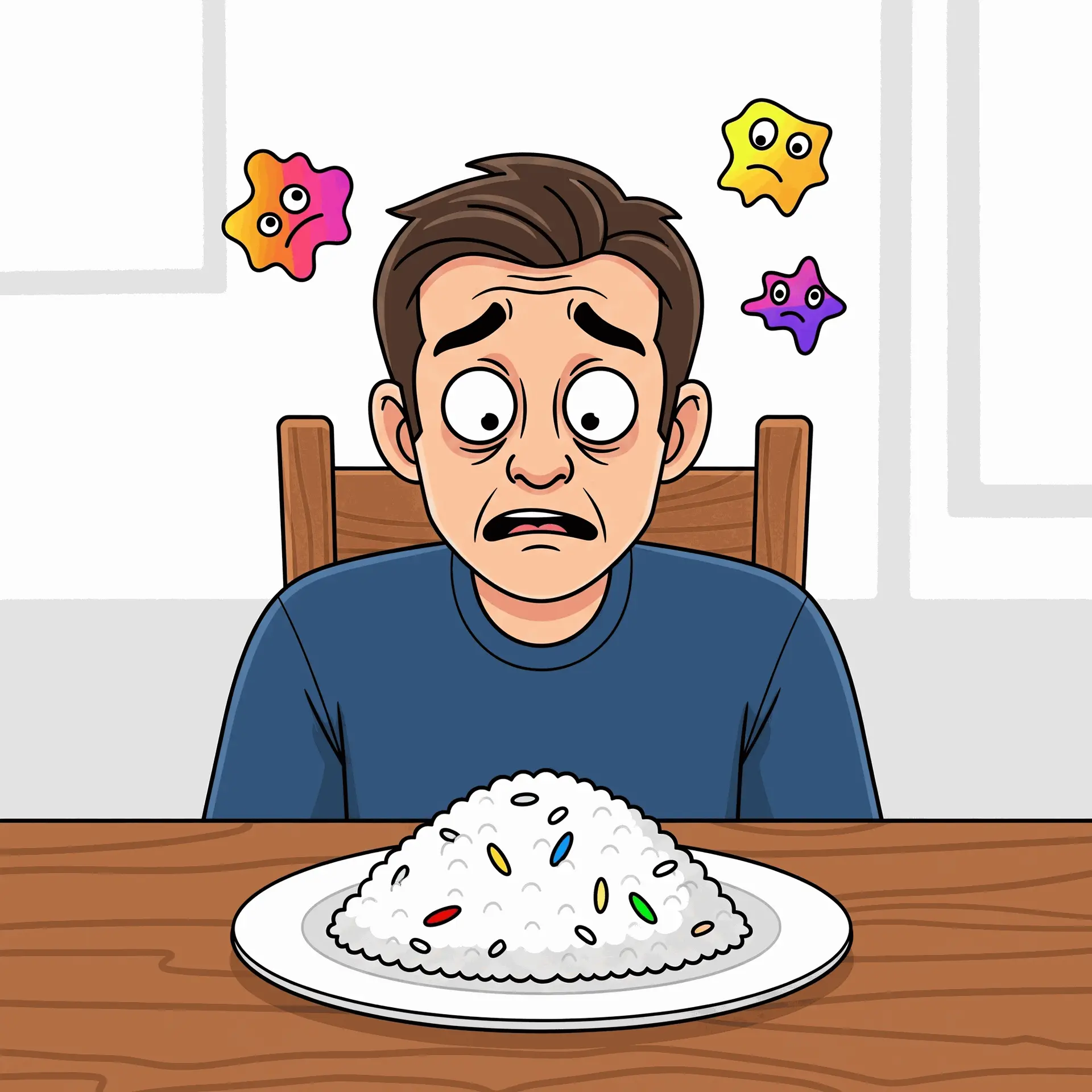
Add to that the fact that color psychology itself can be overstimulating. Did you know that excessive exposure to saturated colors can actually raise stress hormones? Research suggests that while blue may calm and red may energize, constant mental overexposure—like me hallucinating red rice grains—puts the brain in overdrive.
It made me laugh and worry at the same time. Here I was, studying the psychology of colors to help others use visuals effectively, and the same colors were messing with my own psychological balance.
Mom, Rice, and Regret
I’ll be honest. The hardest part isn’t the overstimulation. It’s the way it affects relationships. My mom, patient as ever, doesn’t always understand why her son suddenly loses his temper over nothing. Once, after one of my outbursts at the table, she quietly left the room. That silence hit me harder than any argument could.
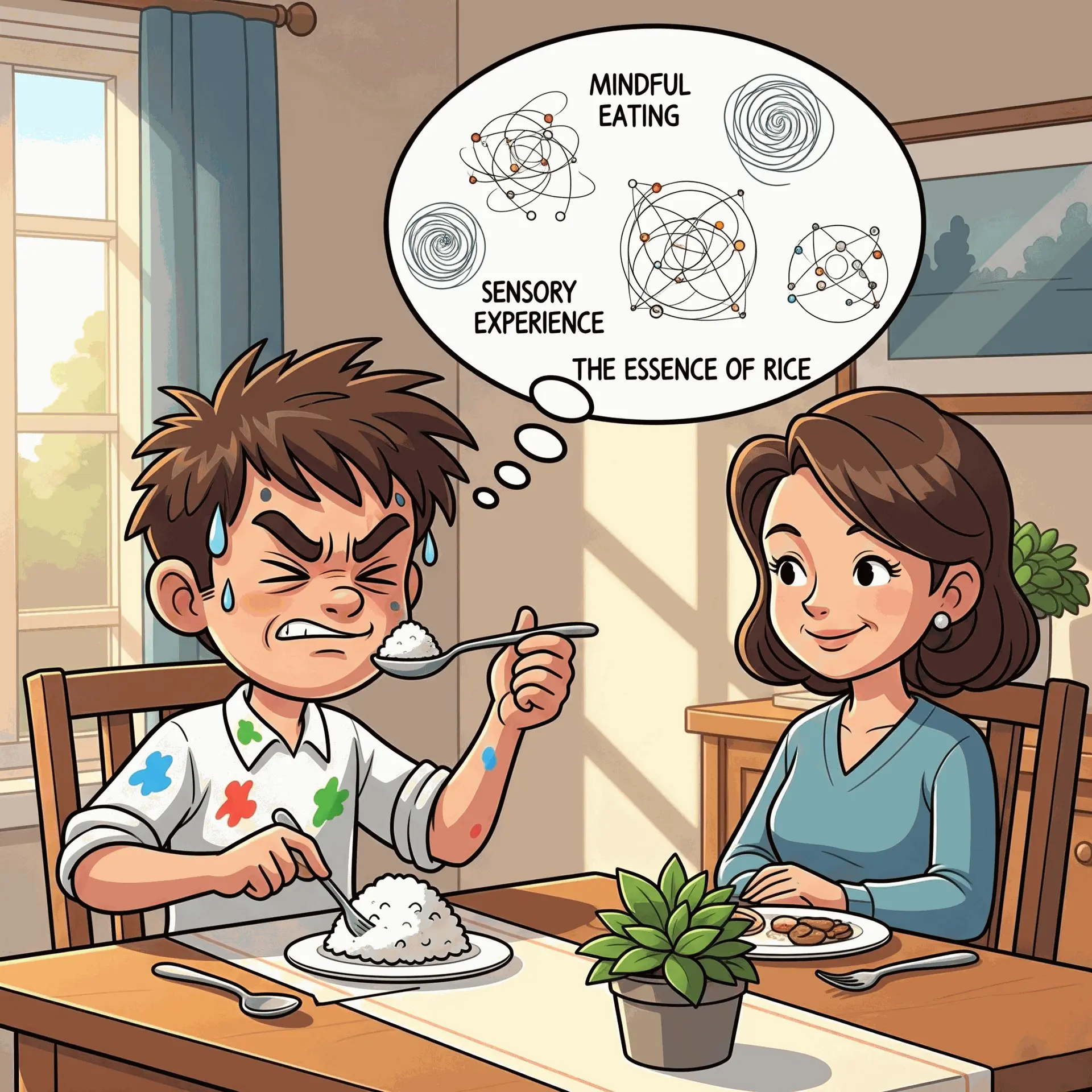
Later that night, I sat alone and thought about it. I remembered reading about mindfulness for creatives and how simple practices like mindful eating can stabilize mood. Apparently, when we consciously focus on texture, aroma, and slow chewing, it not only improves digestion but also stabilizes mood. The trick is you stop analyzing food with your intellect and start experiencing it with your senses.
So the next day, I tried. I sat with mom, closed my eyes for a moment, and before picking up the spoon, I told myself, “This is rice, not a color palette.” I chewed slowly, felt the warmth, and tasted the ghee. And you know what? It worked—at least for that meal. Mom smiled. I didn’t explode.
Maybe mindfulness is not about big meditation sessions. Maybe it’s these tiny pauses that bring balance back.
Overcoming the Burden of Creative Obsession
There’s another strange pattern I’ve noticed: my obsession with balance. Symmetry vs. asymmetry. Harmony vs. tension. When I look at windows, walls, or even shadows, I start checking subconsciously: “Is this balanced?”
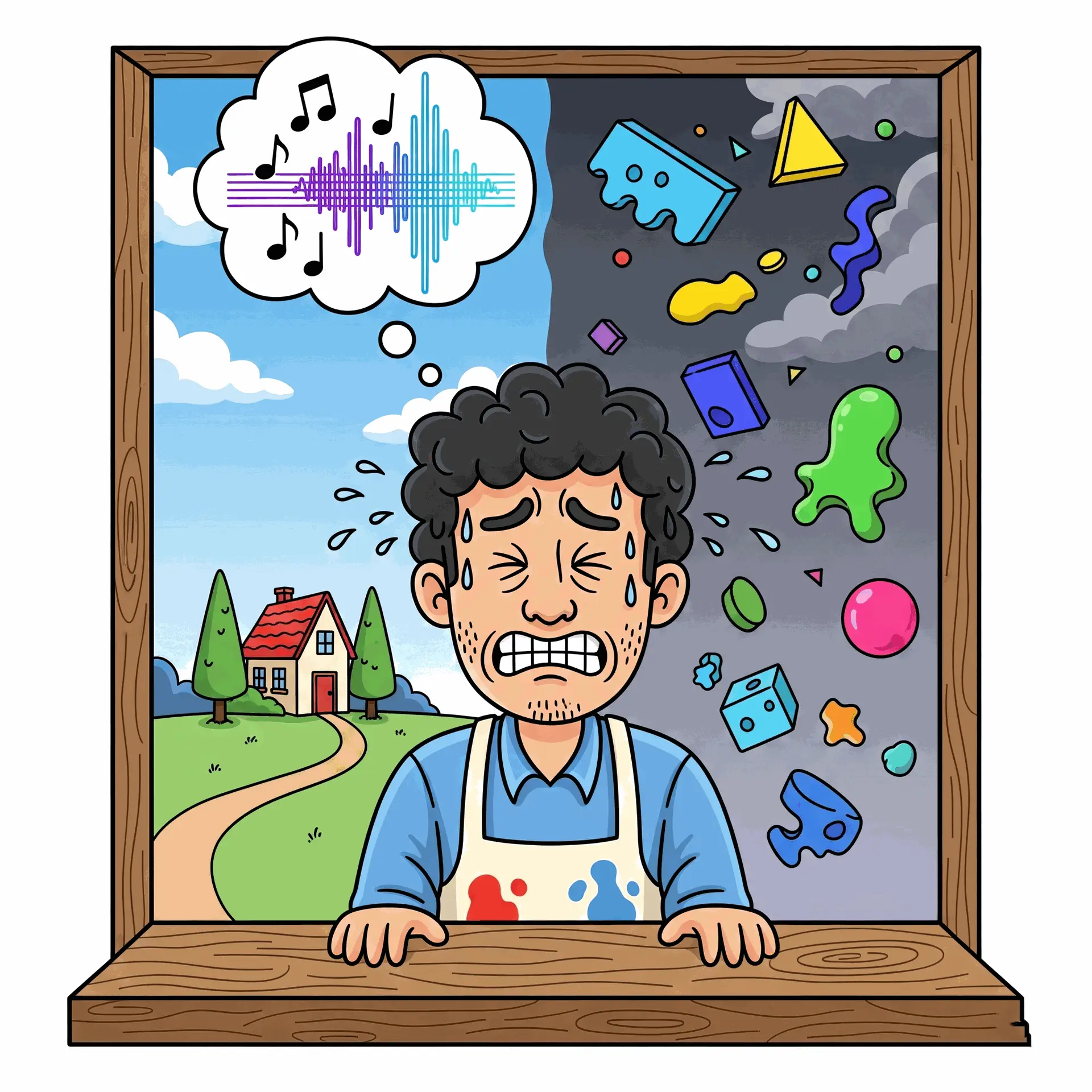
The irony? Life itself is never perfectly symmetrical. Trying to impose artistic balance on messy human reality is bound to create frustration. And yet, I can’t help myself.
One evening, standing at my window, I suddenly felt drained. I thought: What if I’m exhausting my brain by overanalyzing everything? That’s when I remembered reading about sensory breaks. Neurologists suggest that just like muscles need rest after heavy exercise, the visual cortex also needs downtime. Even five minutes of closing eyes and listening to neutral sounds can reset overstimulated pathways.
So I tried something odd: I turned away from the window, closed my eyes, and just listened—a dog barking outside, utensils clattering in the kitchen, distant traffic. It grounded me. It reminded me: not everything has to be seen as a frame. Sometimes, life is better heard than seen.
My Guilt and My Remedy
What bothers me most is not my irritability—it’s the guilt that follows. After snapping at mom or ignoring a friend because I’m lost in visual theories, I feel small. Like I’m letting relationships shrink under the weight of my obsession.
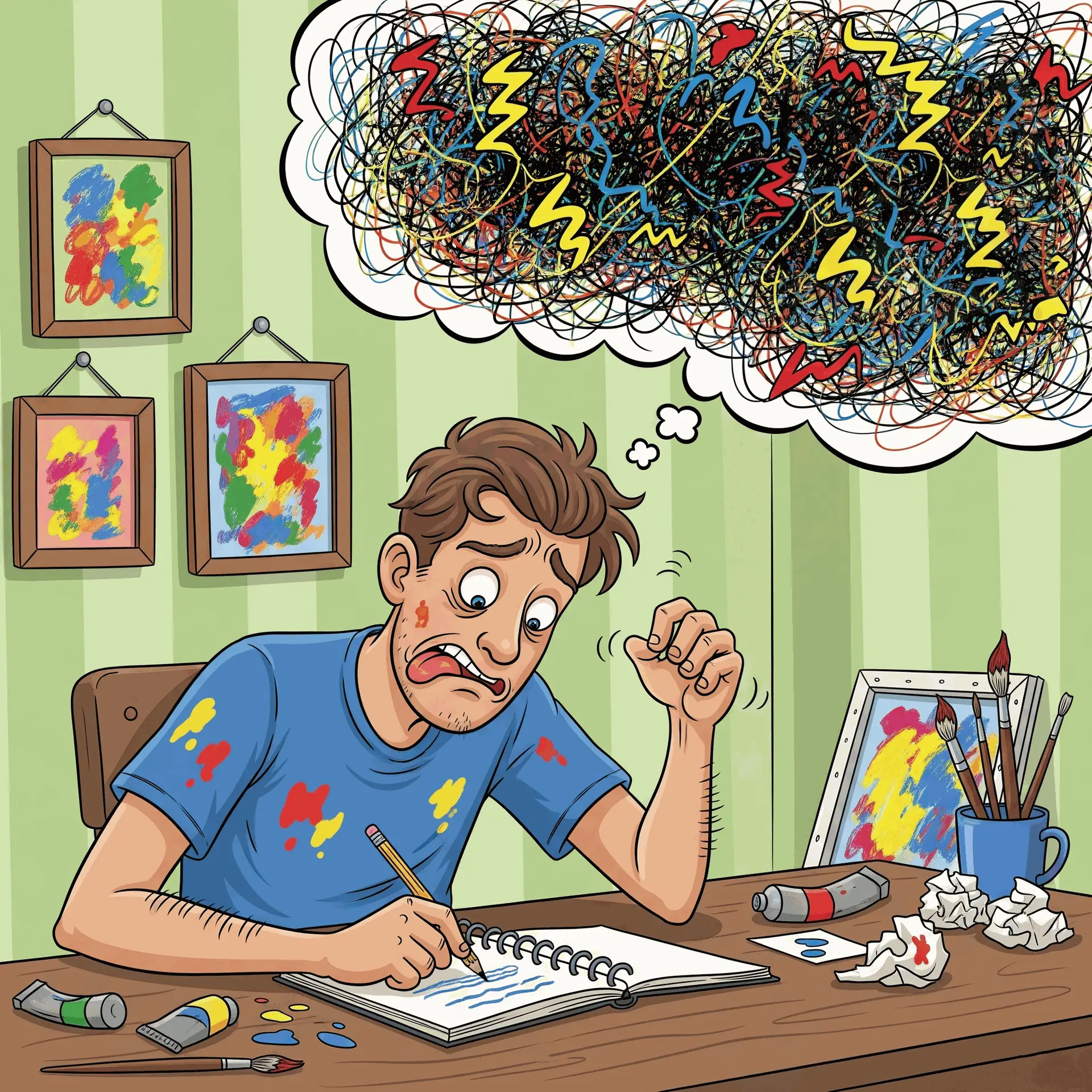
But here’s where another remedy sneaked in: journaling. One day, I scribbled down everything—from the red rice hallucination to the tree's leading lines. It felt silly at first, but once I put the chaos on paper, my mind felt lighter. Psychologists say this works because writing externalizes internal noise, giving the brain permission to let go.
Now, whenever I sense the storm building, I grab a notebook. Even two messy lines like “rice is not blue, stop it” make me laugh at myself—and laughter, in itself, is healing.
Nights of Restless Creativity
Some nights are the hardest. I lie down, but instead of sleep, my mind starts framing imaginary photographs. The play of shadows on the ceiling becomes a composition. The silence becomes an asymmetrical balance. Hours slip away. By morning, I’m sleep-deprived, moody, and almost resentful of my own creativity.

That’s when I discovered the value of sleep hygiene. Doctors say that creatives are prone to insomnia because of heightened neural activity. But simple hacks like keeping the room dark, avoiding screens before bed, and even writing down unfinished creative thoughts can signal the brain that it’s safe to shut down.
So now, before bed, I literally tell myself, “This composition can wait till morning.” Sometimes I even sketch it quickly in a notebook and close it. It feels like tucking the thought into bed too. And slowly, sleep follows.
Why I’m Sharing This
I’m not writing this as a therapist or a self-help guru. I’m writing this as someone fumbling through his own moods, trying to understand why a plate of rice can make him irritable and why a row of trees can hijack his thoughts.
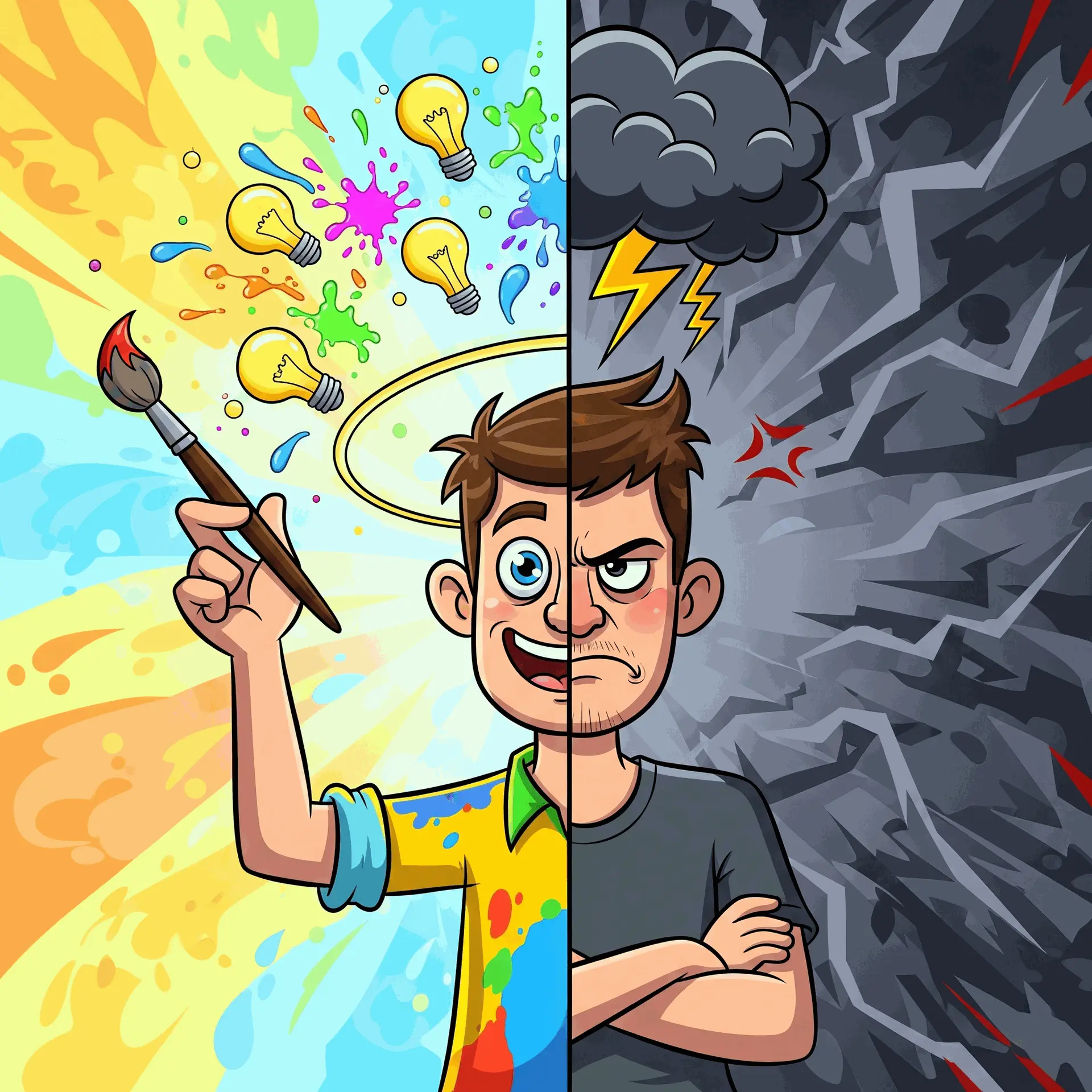
Maybe you’ve felt it too — that creative high which suddenly flips into irritation. That joy of being lost in details, which turns into anger when the world interrupts. If yes, then you know this struggle isn’t about weakness. It’s about sensitivity.
And sensitivity, though heavy at times, is also the root of creativity.
My Ongoing Remedies
I don't claim I have a perfect solution for how to manage creative stress, but here are little practices, woven into my daily story, that are helping:
- Breathing before reacting—especially when mom says something mid-meal.
- Mindful eating—reminding myself that rice is food, not a Gestalt exercise.
- Sensory breaks—giving my eyes rest, letting my ears take over.
- Journaling the chaos—laughing at my own obsessions on paper.
- Sleep hygiene—sketching ideas out so they don’t haunt me at night.
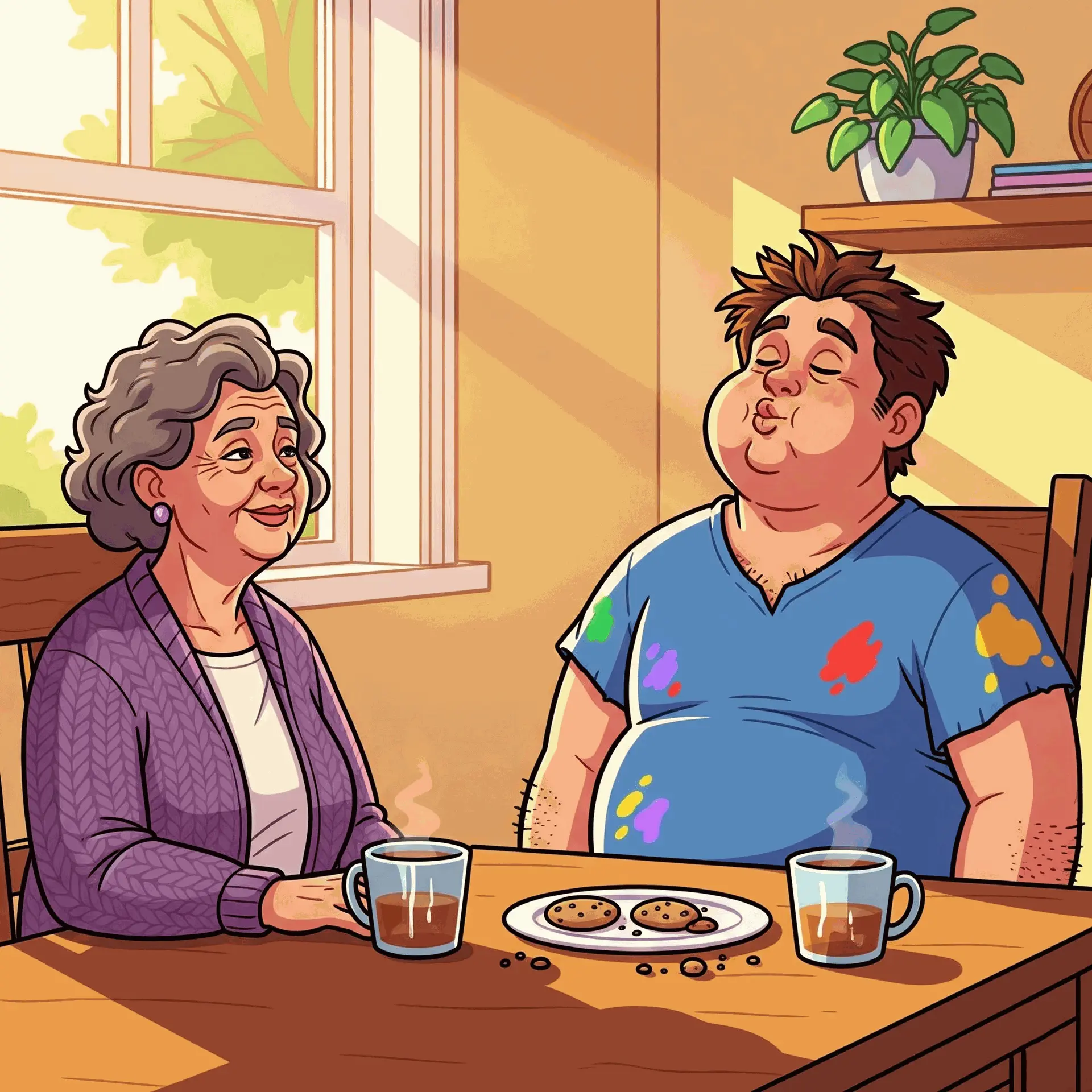
They don’t eliminate my mood swings. But they soften them. They remind me that being creative doesn’t mean being controlled by creativity.
The Art of Failing, Noticing, and Rising
I’m still stuck between inspiration and irritation many days. But I’ve learned that mood swings are not failures. They’re signals. They tell me my mind is overloaded, my heart is restless, and my senses are craving balance.
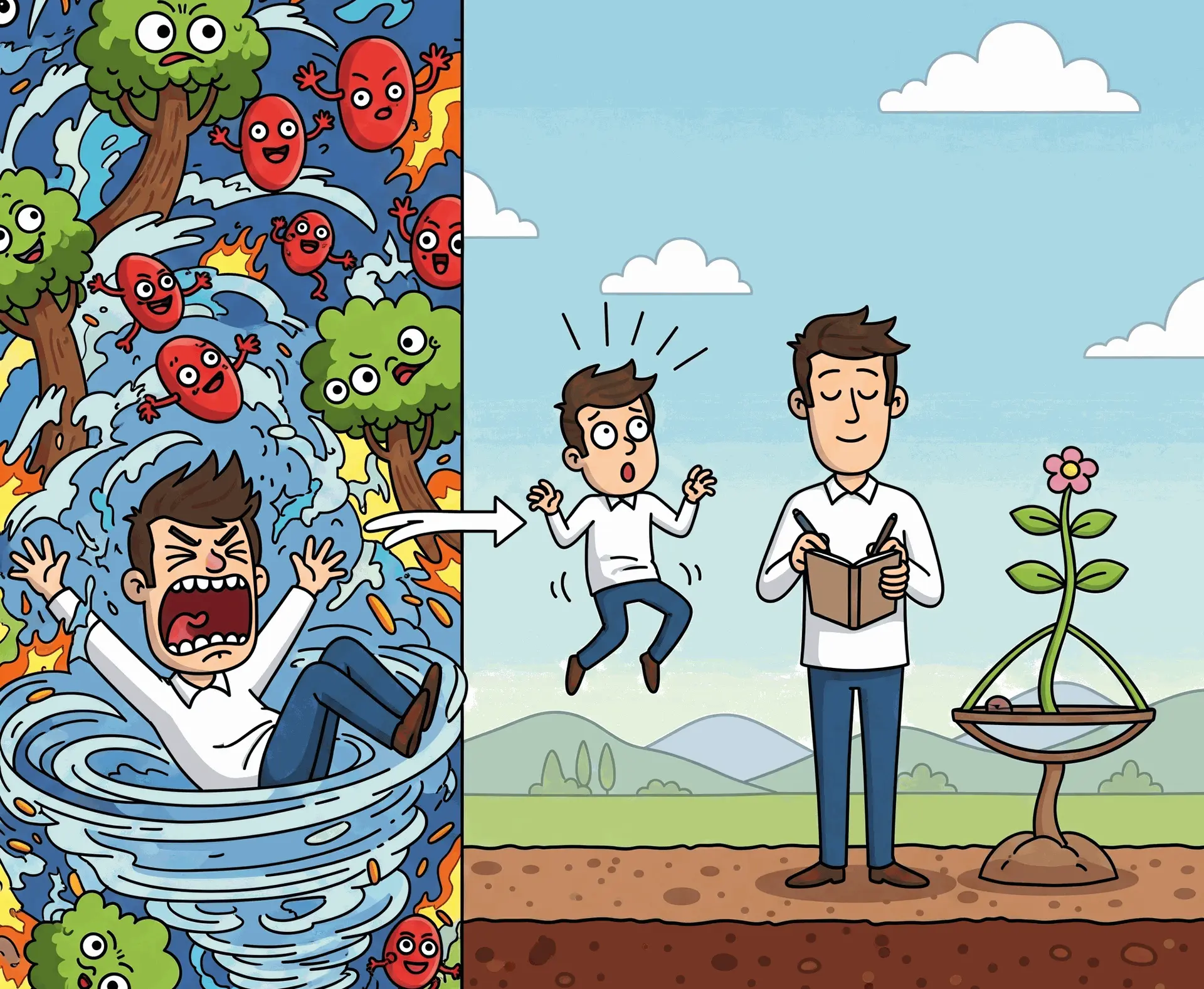
Yes, sometimes I see rice in colors and trees in leading lines. Yes, sometimes I snap at mom. But I also catch myself now. I breathe. I pause. I write. I laugh. And slowly, I return.
Maybe that’s what balance really means. Not perfect symmetry, not flawless calm—but the ability to fall, notice, and rise again.